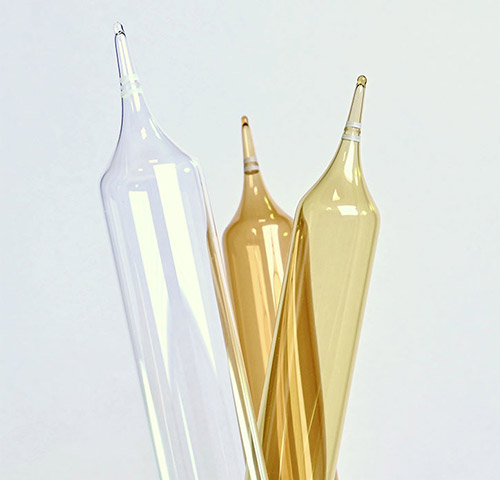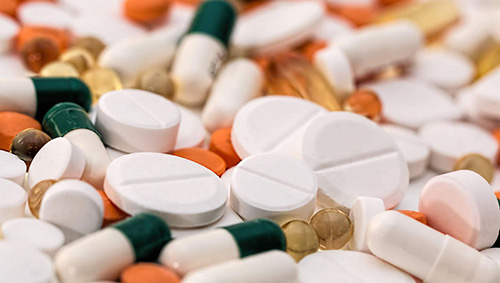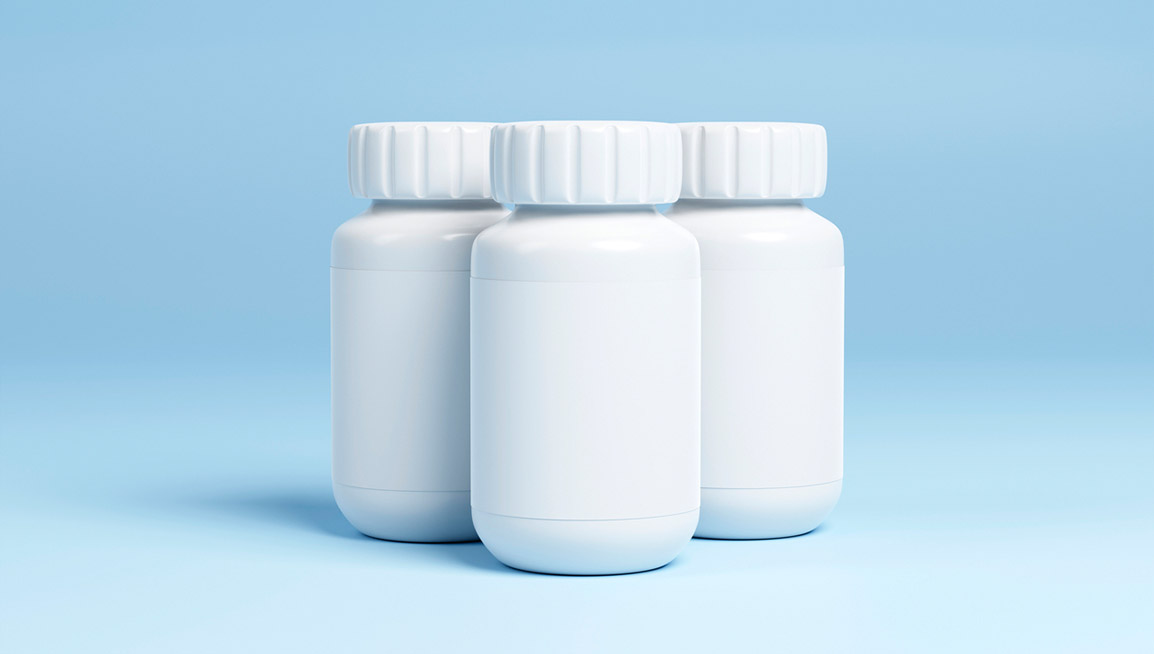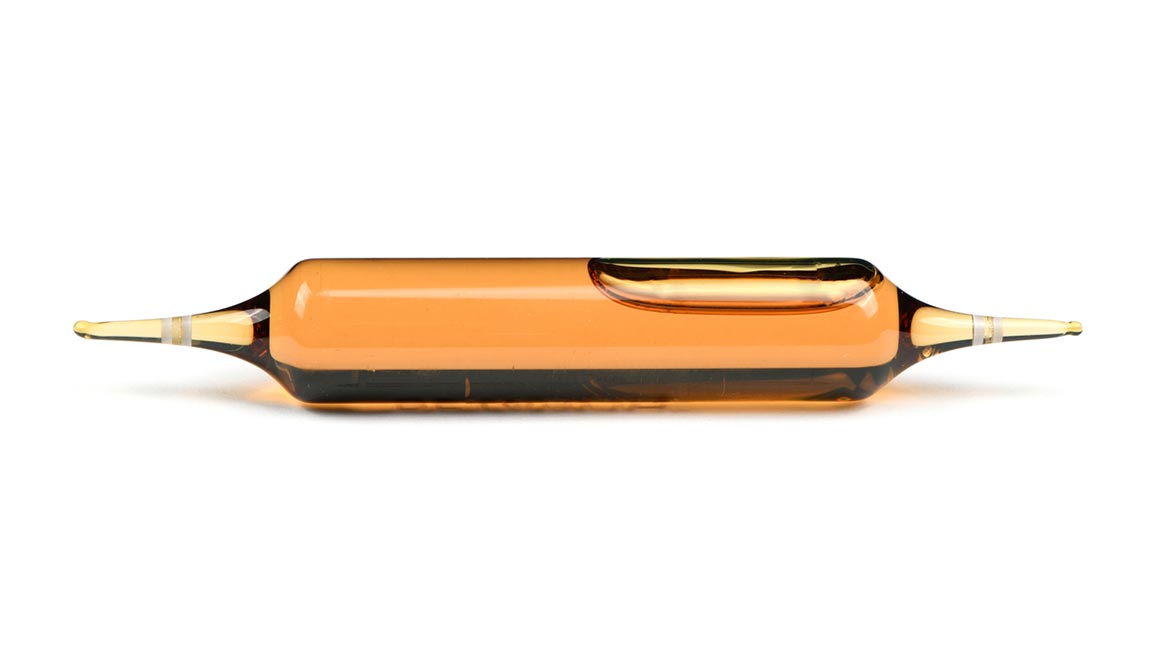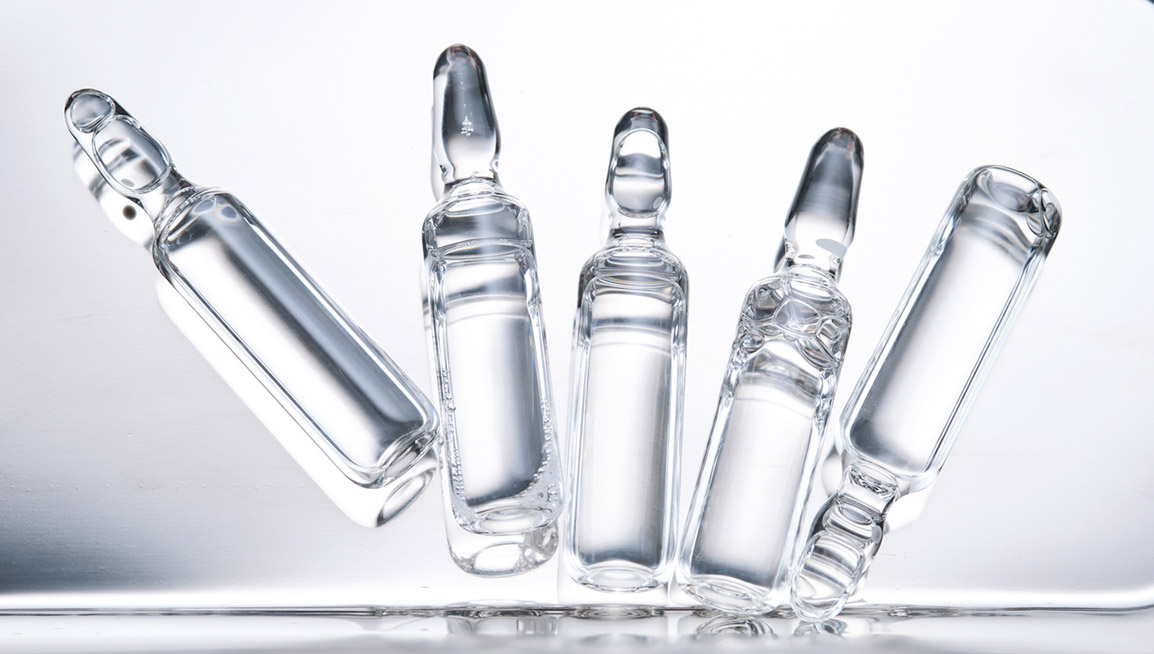 https://www.sfamgroup.com/wp-content/uploads/2025/09/eco-friendly-packaging-for-medicines-in-glass.jpg
654
1154
SFAM
https://www.sfamgroup.com/wp-content/uploads/2024/06/logo-sfam.svg
SFAM2025-09-11 17:19:452025-09-11 17:19:45Eco-design and sustainability in pharmaceutical packaging: the role of glass
https://www.sfamgroup.com/wp-content/uploads/2025/09/eco-friendly-packaging-for-medicines-in-glass.jpg
654
1154
SFAM
https://www.sfamgroup.com/wp-content/uploads/2024/06/logo-sfam.svg
SFAM2025-09-11 17:19:452025-09-11 17:19:45Eco-design and sustainability in pharmaceutical packaging: the role of glassThe types of pharmaceutical glass: a guide to choosing the right packaging
The packaging of a pharmaceutical or nutraceutical formula is a major step in pharmaceutical manufacturing. The choice of materials for pharmaceutical packaging is crucial to ensure the protection and effectiveness of active ingredients throughout the product’s lifecycle.
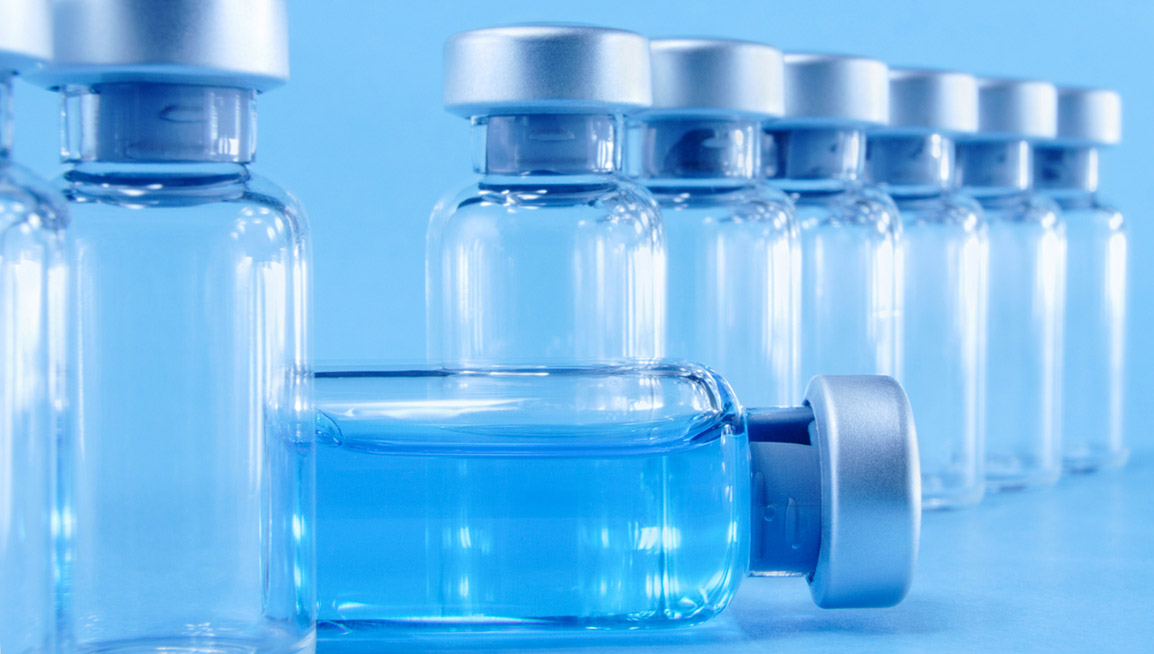
The packaging of a pharmaceutical or nutraceutical formula is a major step in pharmaceutical manufacturing. The choice of materials for pharmaceutical packaging is crucial to ensure the protection and effectiveness of active ingredients throughout the product’s lifecycle.
Thanks to its unique qualities, glass has established itself as a reference in regard to pharmaceutical material: chemical inertia, thermal resistance, and a barrier against external agents. However, there are different qualities of pharmaceutical glass, each with its characteristics and uses.
In this article, we examine two types of pharmaceutical glass used in pharmaceutical packaging: Type I glass and Type III glass.
1. What is Type I pharmaceutical glass?
a. Definition and composition of type I glass
Type I pharmaceutical glass (also known as neutral glass or borosilicate glass) is made from a mixture of silica, boron, alkali oxides, and alumina.
This composition gives it superior chemical and thermal properties, making it suitable for the highest demands of the pharmaceutical industry.
There are two manufacturing processes for this type of glass: molded glass and drawn glass.
b. The advantages of type I glass
Type I glass is characterised by:
- Its high chemical inertness: its interaction with the substances it contains is almost nonexistent. Type I glass is therefore suitable for sensitive formulations.
- Its thermal resistance: Type I glass withstands extreme temperatures, particularly during sterilization or lyophilization processes.
- Its exceptional purity: it is ideal for sensitive formulations, such as injectable solutions and vaccines.
c. Specific uses of type I glass
Type I glass is widely used by the pharmaceutical and nutraceutical industries, particularly for:
- Vials and ampoules intended for injectable solutions.
- Glass ampoules, often used for premium dietary supplement formulations requiring optimal preservation.
- Packaging for sensitive products, such as biological formulations and natural extracts.
2. What is type III pharmaceutical glass?
a. Definition and composition of type III glass
Type III pharmaceutical glass (or Type 3 glass) is a soda-lime glass that undergoes thermal treatment to enhance its performance. While it is less chemically pure than Type I glass, it still complies with pharmaceutical standards for many applications.
To learn more about the properties of glass, check out our full article.
b. The advantages of type III glass
Type III glass offers high-performance properties in terms of:
- Durability: Under standard conditions, it provides high mechanical and chemical resistance.
- Cost: Type III glass is an economical solution ideal for less sensitive products.
- Adaptability: It is perfectly suited for stable and non-reactive formulations.
c. Specific uses of type III glass
Type III glass is primarily used for:
- Oral solutions and dietary supplements.
- Standard pharmaceutical products that do not require high-temperature sterilization.
- Glass ampoules used for packaging non-sensitive formulations.
3. Comparison of pharmaceutical glass types
Comparative summary of the main differences between type I and type III glass:
| Characteristics | Type I (borosilicate) | Type III (sodocalcique) |
|---|---|---|
| Composition | Silica, boron, oxides | Soda-lime glass |
| Chemical resistance | Very high | Average |
| Thermal resistance | Very high | Good |
| Main application | Sensitive products | Standard products |
| Cost | Very high | More economical |
While glass is widely used in the manufacturing of pharmaceutical packaging, there are other types of pharmaceutical packaging available. To learn more about the different types of pharmaceutical packaging, check out our dedicated article.
4. Types of glass used for glass ampoules: a strategic choice
Widely favored for the production of dietary supplements and liquid pharmaceutical products, double-ended glass ampoules must provide safe, durable, and protective packaging. Therefore, the choice of glass type is a key quality consideration:
- Type I glass is ideal for sensitive formulations or products rich in active vitamins and minerals.
- Type III glass is suitable for stable products, such as standard solutions or traditional dietary supplements.
For its double-tip glass ampoules, SFAM uses the patented FIOLAX® (Type I) and ILLAX® (Type III) glass, developed by the global leader Schott.
Beyond this strategic choice, SFAM’s double-tip glass ampoules also stand out for their pre-scoring and DRB. Based on a patented process, the Double Ring Break (DRB), this exclusive feature ensures easy and clean opening, free of glass particles. A guarantee of high safety for the consumer.
